GwinnettForum | Number 19.97 | March 20. 2020
FOR FOOD MINISTRY: A $2,500 Jackson EMC Foundation check to the Hamilton Mill United Methodist Church Food Pantry will help purchase food for its weekend food distribution ministry. At the check presentation are (from left): Ryan Jones, HMUMC food pantry manager, and Jim Puckett, Jackson EMC Foundation board member. For more details on this and other details of the EMC award of checks, see Upcoming below.
 TODAY’S FOCUS: Linking the War of 1812 and a Single Pay Health System
TODAY’S FOCUS: Linking the War of 1812 and a Single Pay Health System
EEB PERSPECTIVE: Today’s Speedy Reaction to Virus Stems from 1918 Action in St. Louis
ANOTHER VIEW: Checking Out Who Among The Electorate Is Being Trusted
SPOTLIGHT: The Gwinnett Stripers
FEEDBACK: UGA Press Also Re-Publishing Harris on Coastal Protection
UPCOMING: Gwinnett County Operating Under Local Emergency Situation
NOTABLE: Local Charities Get $52,000 from Jackson EMC Foundation
RECOMMENDED: A Game of Birds and Wolves by Simon Parkin
GEORGIA TIDBIT: In 1883 Lawmakers Approve Construction of Present State Capitol
MYSTERY PHOTO: Graceful Courthouse Awaits Your Inspection and Detection
Linking the War of 1812 and a single pay health system
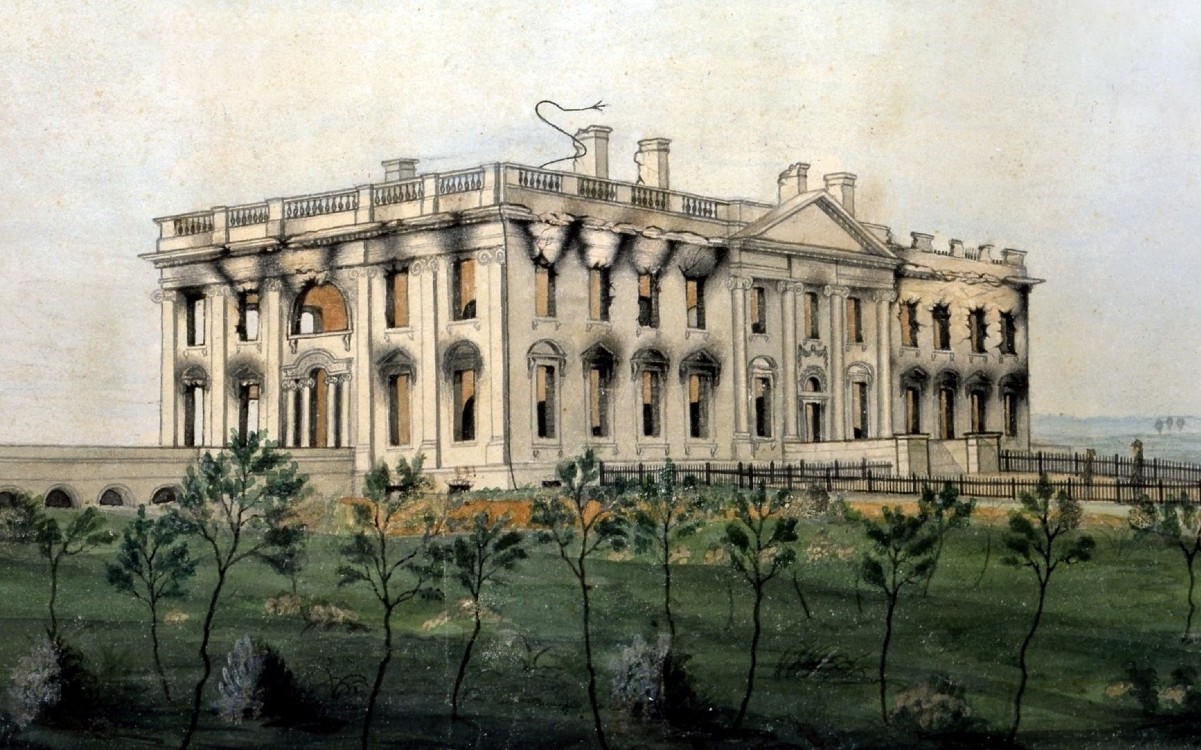
The White House ruins after the conflagration of August 24, 1814. Watercolor by George Munger, displayed at the White House. Wikipedia.
By Joe Briggs
SUWANEE, Ga. | When our founders spent a hot summer in a shuttered Philadelphia meeting hall crafting a limited government answerable to the governed, they specifically included the power to tax for common defense, infrastructure and post roads, plus the general welfare. Explicitly prohibited was the creation of a standing army and instead, the founders decided to rely on state run militias.
But the War of 1812 and burning of the White House caught an unprepared nation by surprise and showed the vulnerability of the militia strategy. Afterward, Madison convinced Congress to permanently fund an army on the argument that it would be cheaper in the long run to maintain an army than raise and train one when needed.
Is the Coronavirus finally our “1812 moment” to give the federal government the ability to directly respond and defend our nation from the invasion of foreign viruses that have attacked and threatened our population surely as a marching column of armed soldiers? Calls and criticisms have poured out for the president to take control of a crisis which he does not have the constitutional power to manage. If not AIDS, SARS, Ebola, and now Corona, then when?
We have a market-based healthcare system that reacts to profit; not welfare. The president can’t directly order more hospital beds, virus tests, or treatments without an army of lobbyists dropping dollars into congressional pockets to defeat it. This system has silently put us all at risk by exporting the manufacture of vital drugs and medical supplies to where we are dependent upon the favor of foreign governments for our own health.
And what about the immense stress felt by those who aren’t infected by the virus but were surely affected when they lost their jobs and their healthcare along with it? Ask a mother of three what affects her view of health and safety more, Iranian mullahs or the cost of health insurance, and the need to re-prioritize will be clear.
Many don’t want the federal government directly employing healthcare providers or owning hospitals. But we could learn from the single-payer military model that allows providers to compete on a level playing field and the FBI to investigate and prosecute fraud. We need healthcare accountable to citizens, not shareholders.
As in 1812, we are caught unprepared with built-in reaction limits. It’s time to recognize the problem and create a single payer health system that can both respond to global pandemics and mitigate the enormous cost and disruption of health insurance on businesses and families in this country.
- Have a comment? Send to: elliott@brack.net
Today’s reaction to virus stems from 1918 action in St. Louis
By Elliott Brack
Editor and Publisher, GwinnettForum
MARCH 20, 2020 | Many of the precautions our medical community is taking in the 2020 coronavirus pandemic stem from the reaction in American cities during the influenza pandemic more than a hundred years ago, in 1918.
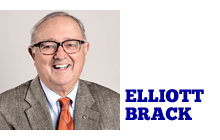 The world-wide spread of the flu came as soldiers returned home from the trench warfare of the first Great War. On the war front in the trenches, living conditions were terrible, with rampant sickness going on for nearly two years. Many of the doughboys, returning to their homes around the world, did not have the flu, but were nevertheless carriers. That meant that the whole world was impacted by this terrible bug.
The world-wide spread of the flu came as soldiers returned home from the trench warfare of the first Great War. On the war front in the trenches, living conditions were terrible, with rampant sickness going on for nearly two years. Many of the doughboys, returning to their homes around the world, did not have the flu, but were nevertheless carriers. That meant that the whole world was impacted by this terrible bug.
When it was all over, the sickness (it was called the Spanish flu) killed an estimated 675,000 Americans and a staggering 20 to 50 million people worldwide. (The 1918 Spanish flu got its name after King Alfonso of Spain, 32, fell ill that May, but did not die of the disease.)
Decades later, in 2007, health officials in the United States undertook a study to find how certain areas of the country did better with that widespread flu than did other areas. The two cities chosen for the study were St. Louis and Philadelphia. We heard about this from a news report on National Public Radio.
The study found that the faster authorities moved to implement the kinds of social distancing measures designed to slow the transmission of disease, the more lives were saved.
In Philadelphia, city officials ignored warnings from infectious disease experts that the flu was already circulating in their community. Instead, they moved forward with a massive parade in support of World War I bonds that brought hundreds of thousands of people together. Within three days, thousands of people around the Philadelphia region started to die. Within six months, about 16,000 people had died.
When a flu outbreak at a nearby military barracks first spread into the St. Louis civilian population, the city wasted no time closing the schools, shuttering movie theaters and pool halls, and banning all public gatherings. When infections swelled as expected, thousands of sick residents were treated at home by a network of volunteer nurses.
In St. Louis, city officials approached the problem differently. Within two days of the first reported cases, the city quickly moved to social isolation strategies. As a result, St. Louis suffered just one-eighth of the flu fatalities that Philadelphia saw. But if St. Louis had waited another week or two to act, it might have suffered a fate similar to Philadelphia’s, the researchers concluded. By the end of the flu season the next spring, St. Louis had counted 31,500 illnesses and 1,703 deaths.
These two curves above) have already played out in the U.S. in an earlier age — during the 1918 flu pandemic. Research has shown that the faster authorities move to implement the kinds of social distancing measures designed to slow the transmission of disease, the more lives were saved. And the history of two U.S. cities — Philadelphia and St. Louis — illustrates just how big a difference those measures can make.
- Have a comment? Send to: elliott@brack.net
Check out who among the electorate is trusted
By Jack Bernard, contributing columnist
“They’re all getting better…I think that we’re doing a great job”- President Donald Trump, February 25, 2020.
“The WHO wouldn’t be calling this a global pandemic, but it certainly is on the verge of that happening reasonably soon unless containment is more successful than it is right now.” -Dr. Anthony Fauci, Feb. 16, 2020.
PEACHTREE CITY, Ga. | Certainly, there has been a difference in messaging between infectious disease experts such as Dr. Fauci of the National Institute of Health, an impartial authority…and our esteemed president. A new NPR/Marist survey (3-17-20) is out which shows differences of opinion as to who to trust are great between Democrats, Republicans and independents. These differences are especially stark when it comes to the president.
 There’s a disparity between those who believe the virus emergency is real and those who still believe that, in Trump’s words, it’s a “hoax” of one sort or another. Unsurprisingly given Trump’s statements, only 40 percent of Republicans even believe the virus to be a “real threat” versus being “blown out of proportion.”
There’s a disparity between those who believe the virus emergency is real and those who still believe that, in Trump’s words, it’s a “hoax” of one sort or another. Unsurprisingly given Trump’s statements, only 40 percent of Republicans even believe the virus to be a “real threat” versus being “blown out of proportion.”
Somewhat surprisingly, only 50 percent of independents think it’s a threat, as opposed to 76 percent of Democrats.
As a public health person, these figures tell me that this nation’s political and healthcare leadership (with the exception of Dr. Fauci and a few others) have truly done a dismal job of information dissemination. And, this lack of leadership in a crisis will end up costing many American lives.
For instance, let’s look where the various elements of our society as to which information sources they trust. Look at this table.
As illustrated above, hardly anyone trusts President Trump other than GOP stalwarts. The news media is trusted by the Democrats, distrusted by the GOP and independents are split. Trust in state and local government is strong with all three groups.
But more importantly, there’s even stronger trust in information provided via the “experts.”
As for the question of is the federal government doing enough, the response is also politically divided with 70 percent of Democrats saying “no”… as opposed to 77 percent of Republicans and 47 percent of independents saying “yes.” For independents and Democrats, it should be noted that the percentages with confidence in the Federal government have fallen drastically in recent days.
The bottom line for me as a public health person is that all Americans, regardless of political affiliation, must be moving in the same direction to contain COVID-19. However, they are not at this time. In order to accomplish that vital goal, the public needs to trust its data sources. In short, we need to hear much more often from experts like Dr. Fauci of NIH…and much less often from President Trump.
- Have a comment? Send to: elliott@brack.net
The Gwinnett Stripers
 The public spiritedness of our underwriters allows us to bring GwinnettForum.com to you at no cost to readers. The Gwinnett Stripers, Triple-A International League affiliate of the Atlanta Braves, enter their 12thseason of play at Coolray Field in 2020. The Stripers’ home opener is set for Thursday, April 16 at 7:05 p.m. vs. Norfolk. For information about all ticket options for 2020, including Memberships, Ticket Packs (including the “Hook, 9 & Sinker Pack”), Groups, Youth Parties, and more, visit GoStripers.com. Follow the Stripers on Twitter, Facebook, and Instagram at GoStripers.
The public spiritedness of our underwriters allows us to bring GwinnettForum.com to you at no cost to readers. The Gwinnett Stripers, Triple-A International League affiliate of the Atlanta Braves, enter their 12thseason of play at Coolray Field in 2020. The Stripers’ home opener is set for Thursday, April 16 at 7:05 p.m. vs. Norfolk. For information about all ticket options for 2020, including Memberships, Ticket Packs (including the “Hook, 9 & Sinker Pack”), Groups, Youth Parties, and more, visit GoStripers.com. Follow the Stripers on Twitter, Facebook, and Instagram at GoStripers.
- Visit their website: https://www.milb.com/gwinnett
- For a list of other sponsors of this forum, click here.
UGA Press also republishing Harris on coastal protection
Editor, the Forum:
![]() anks for the Paul Bolster column and promoting the UGA Press new book Saving the Georgia Coast. The UGA Press is also re-publishing Reid Harris’ memoir of the efforts to pass the Coastal Marshlands Protection Act (1970), the full title which is And the Coastlands Wait: How the Grassroots Battle to Save Georgia’s Marshlands Was Fought—and Won.
anks for the Paul Bolster column and promoting the UGA Press new book Saving the Georgia Coast. The UGA Press is also re-publishing Reid Harris’ memoir of the efforts to pass the Coastal Marshlands Protection Act (1970), the full title which is And the Coastlands Wait: How the Grassroots Battle to Save Georgia’s Marshlands Was Fought—and Won.
Georgia Humanities is planning to work with the UGA Press and others to mark this milestone of 50 years ago.
— Laura T. McCarty, president, Georgia Humanities, Atlanta
- Send us your thoughts: We encourage you to send us your letters and thoughts on issues raised in GwinnettForum. Please limit comments to 300 words. We reserve the right to edit for clarity and length. Send feedback and letters to: elliott@brack.net
Gwinnett County operating under local emergency situation
Gwinnett County Board of Commissioners Chairman Charlotte Nash has signed a declaration of local emergency to mitigate or alleviate some of the impacts of the COVID-19 pandemic in Gwinnett County. As the declaration states, the COVID-19 pandemic has the potential to result in significant loss of life and a major disruption of community affairs, business services and governmental operations.
 Chairman Nash says: “Based upon the President’s Declaration of National Emergency and the Governor’s Public Health State of Emergency, I believe it is in the best interest of the welfare of Gwinnett County and its residents to declare a local state of emergency to activate certain emergency powers under the Gwinnett County Emergency Management Ordinance.”
Chairman Nash says: “Based upon the President’s Declaration of National Emergency and the Governor’s Public Health State of Emergency, I believe it is in the best interest of the welfare of Gwinnett County and its residents to declare a local state of emergency to activate certain emergency powers under the Gwinnett County Emergency Management Ordinance.”
Among other provisions, the local state of emergency calls for all available resources of the county to be used as reasonably necessary to cope with the impact of COVID-19 on Gwinnett County. The local emergency declaration will end April 13, 2020, unless renewed in accordance with the Gwinnett County Code of Ordinances or the emergency conditions no longer exist.
Chief Judge George F. Hutchinson III of the Superior Court of Gwinnett County on March 13 signed an order declaring a judicial emergency for a period of 14 days. According to the order, no jurors or grand jurors shall report and no jury trials, except those trials now in progress and at the discretion of the presiding judge, for a period of 14 days. Further, no civil or non-essential matters will be heard by the courts during this time.
Essential functions, such as arrest and search warrants, first appearance hearings, family violence and stalking temporary protective order applications and hearings, will continue to take place.
Graduation, investiture at Georgia Gwinnett College delayed
GGC continues to follow the guidance put forward by the Centers for Disease Control and Prevention (CDC), Georgia Department of Public Health (DPH) and the University System of Georgia (USG) regarding closings and other matters to allow for further state assessment of COVID-19.
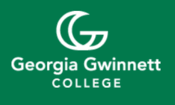 Among the activities that are being canceled and rescheduled for a later date is GGC’s spring commencement. Students will still be able to graduate, consistent with academic standards, but the actual ceremony will be canceled until a later date. Details about the rescheduled event will be forthcoming as they become available.
Among the activities that are being canceled and rescheduled for a later date is GGC’s spring commencement. Students will still be able to graduate, consistent with academic standards, but the actual ceremony will be canceled until a later date. Details about the rescheduled event will be forthcoming as they become available.
Additionally, the investiture of Dr. Jann L. Joseph as GGC’s third president that was scheduled for April 24 has also been canceled and will be rescheduled for a later date.
Local charities get $52,000 from Jackson EMC Foundation
Jackson EMC Foundation board of directors awarded a total of $77,500 in grants during its February meeting, including $52,500 of which benefit organizations serving Gwinnett County. They include:
 $15,000 to Eagle Ranch, a 310-acre Flowery Branch campus serving Northeast Georgia boys and girls in crisis, to help provide therapeutic counseling sessions for both children and families.
$15,000 to Eagle Ranch, a 310-acre Flowery Branch campus serving Northeast Georgia boys and girls in crisis, to help provide therapeutic counseling sessions for both children and families.
- $15,000 to Hebron Community Health Center in Lawrenceville, a nonprofit providing low-income, uninsured Gwinnett residents with medical and dental care.
- $15,000 to L.A.M.P. Ministries in Gainesville, for its Community Youth and Children’s program, which combines group and individual counseling, community activities and mentoring to provide high risk youths in Gwinnett, Hall, Jackson and Lumpkin counties.
- $5,000 to Heirborn Servants, serving Barrow, Clarke, Gwinnett, Jackson and Madison counties, to provide assistance with its Give Rides program, which partners with community groups, transitional housing organizations and rideshare companies to ensure survivors of human trafficking or domestic violence can get to therapy and employment.
- $2,500 to Hamilton Mill United Methodist Church Food Pantry, for its Food First Initiative, to purchase food from the Atlanta Community Food Bank to distribute to needy families in Barrow, Gwinnett and Hall counties.
Jackson EMC Foundation grants are made possible by the 194,643 participating cooperative members who have their monthly electric bills rounded to the next dollar amount through the Operation Round Up program. Their “spare change” has funded 1,484 grants to organizations and 386 grants to individuals, putting more than $15 million back into local communities since the program began in 2005.
A Game of Birds and Wolves by Simon Parkin
![]() Before the United States entered World War II, German U boats were devastating British shipping, creating a serious shortage of supplies for Great Britain. Altogether in the war, the German U boats sank more than 2,825 merchant freighters. The British Navy re-commissioned an out-of-service commander to devise methods to halt the U boat threat. The German Navy had figured a way for U boats to slip underwater inside convoys of ships in the Atlantic, and super-effectively torpedo the ships from short distances. The U boats would then dive to the depths of the ocean for safety and lie in waiting while the remaining convoy moved on. Along with 10 Women’s Royal Navy Service (WRENS), the British team devised a board game for short-term strategic training, which compromised the heavy intimidation of U boats. More than 5,000 Naval officers took this course, which helped turn the tide against this underwater menace.–eeb
Before the United States entered World War II, German U boats were devastating British shipping, creating a serious shortage of supplies for Great Britain. Altogether in the war, the German U boats sank more than 2,825 merchant freighters. The British Navy re-commissioned an out-of-service commander to devise methods to halt the U boat threat. The German Navy had figured a way for U boats to slip underwater inside convoys of ships in the Atlantic, and super-effectively torpedo the ships from short distances. The U boats would then dive to the depths of the ocean for safety and lie in waiting while the remaining convoy moved on. Along with 10 Women’s Royal Navy Service (WRENS), the British team devised a board game for short-term strategic training, which compromised the heavy intimidation of U boats. More than 5,000 Naval officers took this course, which helped turn the tide against this underwater menace.–eeb
An invitation: what books, restaurants, movies or web sites have you enjoyed recently? Send us your recent selection, along with a short paragraph (100 words) as to why you liked this, plus what you plan to visit or read next. Send to: elliott@brack.net
Lawmakers approve building present state capitol in 1883
With the end of Reconstruction (1867-76), some Georgia politicians were advocating the return of the state capital to Milledgeville. When a constitutional convention met in Atlanta in 1877, the question arose as to the best location for Georgia’s capital city. Seven days after the convention assembled, Atlanta’s city council brought a resolution before the convention stipulating that:
If Atlanta is selected by the Convention as the permanent Capitol of the State, and if such selection is submitted to and the same is ratified by the people, the City of Atlanta will convey to the State of Georgia any ten acres of land in or near the City of Atlanta, now unoccupied, or the square in the heart of the City, known as the City Hall Lot, containing five acres of land, and bounded by a street on every side, on which to locate and build a Capitol for the state. Second—The City of Atlanta will build for the State of Georgia on the location selected a Capitol Building as good as the old Capitol building in Milledgeville.
The convention adopted an ordinance declaring that, at the next general election, voters of the state would decide between Atlanta and Milledgeville. On December 5, 1877, voters reaffirmed Atlanta as Georgia’s capital city.
Two years later, the legislature accepted Atlanta’s proposal and selected the city hall site for the new capitol. In 1881 it set the value of the old capitol building in Milledgeville at $55,625 and stipulated that if the city of Atlanta would pay this amount plus a $60,000 mortgage on the Kimball Opera House, then the state would assume the cost and responsibility of constructing a new capitol. Atlanta agreed to this condition, though it would be several years before the state was financially able to proceed with construction.
Not until September 1883 did lawmakers appropriate $1 million for the construction of a new capitol. In the same act the legislature stipulated that the cost of construction could not exceed $1 million; that construction should be finished by January 1, 1889; and that the capitol “shall be built of granite rock and marble, as far as practicable, and that all the materials used in the construction of said building shall be those found and procured within the State of Georgia; provided, the same can be procured… as cheaply as other materials of like quality in other localities.”
A board of commissions was appointed to oversee the project. The board advertised nationally for bids and chose the design submitted by the Chicago architectural firm of Edbrooke and Burnham on the grounds that it was more academic than the others, simple yet elegant, and monumental in its appearance. The classic Renaissance style was one of “beauty, strength and harmony.” The board then selected the Toledo, Ohio, construction firm of Miles and Horn to construct the capitol, on the basis of its $862,756.75 bid. Miles and Horn, however, proposed the use of Indiana oolitic limestone as the chief building material. The board found the use of Indiana limestone to be acceptable, after determining that the use of only Georgia marble and granite was impractical and too expensive. Further, they judged Indiana to have superior facilities for quarrying and dressing the stone.
(To be continued)
- To view the Georgia Encyclopedia article online, go to http://georgiaencyclopedia.org
Graceful courthouse awaits your inspection, detection
No doubt about it, today’s Mystery Photo is a courthouse. Note that it is obviously in the middle of a town, and quite handsome against the big, big blue sky. Your job is to figure which of the 3,141 American counties that this court house sits. Send your answer to elliott@brack.net, including your hometown.
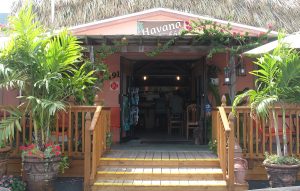 The previous mystery was solved by many readers. Bob Foreman of Grayson tells us: “The photo is taken in Chokoloskee, Florida. You gave some good hints in the photo. Chokoloskee Bay is on the west coast of Florida right at the edge of the Everglades National Park. The area has great fishing and bird watching. When I was growing up in Sarasota, my Dad would take us on overnight fishing trips to Everglades City and Chokoskee. We could catch some really nice Redfish, Trout and Snook. The entire family gathered there for a reunion at my nephew’s wedding. The area is a great ‘jumping off’ place to explore the Gulf Coast portion of the Everglades. Chokoloskee is the end of the road on the west coast of Florida. It is as far south as you can go in an automobile on the west side of the state.” The photograph came from Molly Titus of Peachtree Corners.
The previous mystery was solved by many readers. Bob Foreman of Grayson tells us: “The photo is taken in Chokoloskee, Florida. You gave some good hints in the photo. Chokoloskee Bay is on the west coast of Florida right at the edge of the Everglades National Park. The area has great fishing and bird watching. When I was growing up in Sarasota, my Dad would take us on overnight fishing trips to Everglades City and Chokoskee. We could catch some really nice Redfish, Trout and Snook. The entire family gathered there for a reunion at my nephew’s wedding. The area is a great ‘jumping off’ place to explore the Gulf Coast portion of the Everglades. Chokoloskee is the end of the road on the west coast of Florida. It is as far south as you can go in an automobile on the west side of the state.” The photograph came from Molly Titus of Peachtree Corners.
Others recognizing it included Susan McBrayer, Sugar Hill; Lynn Naylor, Norcross; Lou Camerio, Lilburn; Joe Hopkins, Norcross; Virginia Klaer, Duluth, George Graf of Palmyra, Va., and Hoyt Tuggle of Buford who added: “It seems like Marie and I ate at this place like this in the Everglades over 20 years ago.”
Allan Peel, San Antonio, Tex. , adds some more detail: “The restaurant was first opened at its current location by Carlos Valdes in 2005, a local fisherman. During its first three years of existence, the restaurant was run by Carlos’ wife, Dulce, with the help of her mother, Mima; niece, Jenny; uncle, Tio Chucho; and Dulce’s brother, Carlitos. In 2008, the owner Carlos decided to hang up his fishing nets and join Dulce in the kitchen, to bring his passion to create the flavorful Caribbean-style, fresh Gulf of Mexico seafood and traditional Cuban meal stables, such as Cuban sandwiches (of course!), and a wide variety of shrimp, mussels, stone crab, grouper, chicken and pork dishes with rice and beans and yucca.
After browsing the Cafe’s web site to learn more about its history and being bombarded with tantalizing images of all of the food it serves during breakfast, lunch, and dinner…I am starved! Take the time to visit the site here yourself, and tell me the food does not look Yummy!”
GwinnettForum is provided to you at no charge every Tuesday and Friday.
Meet our team
- Editor and publisher: Elliott Brack, 770-840-1003
- Managing editor: Betsy Brack
- Roving photographer: Frank Sharp
- Contributing columnist: Jack Bernard
- Contributing columnist: Debra Houston
- Contributing columnist: George Wilson
More
- Location: We are located in Suite 225, 40 Technology Park, Peachtree Corners, Ga. 30092.
- Work with us: If you would like to serve as an underwriter, click here to learn more.
Subscriptions to GwinnettForum are free.
- Click to subscribe.
- Unsubscribe. We hope you’ll keep receiving the great news and information from GwinnettForum, but if you need to unsubscribe, go to this page and unsubscribe in the appropriate box.
© 2020, Gwinnett Forum.com. Gwinnett Forum is an online community commentary for exploring pragmatic and sensible social, political and economic approaches to improve life in Gwinnett County, Ga. USA.


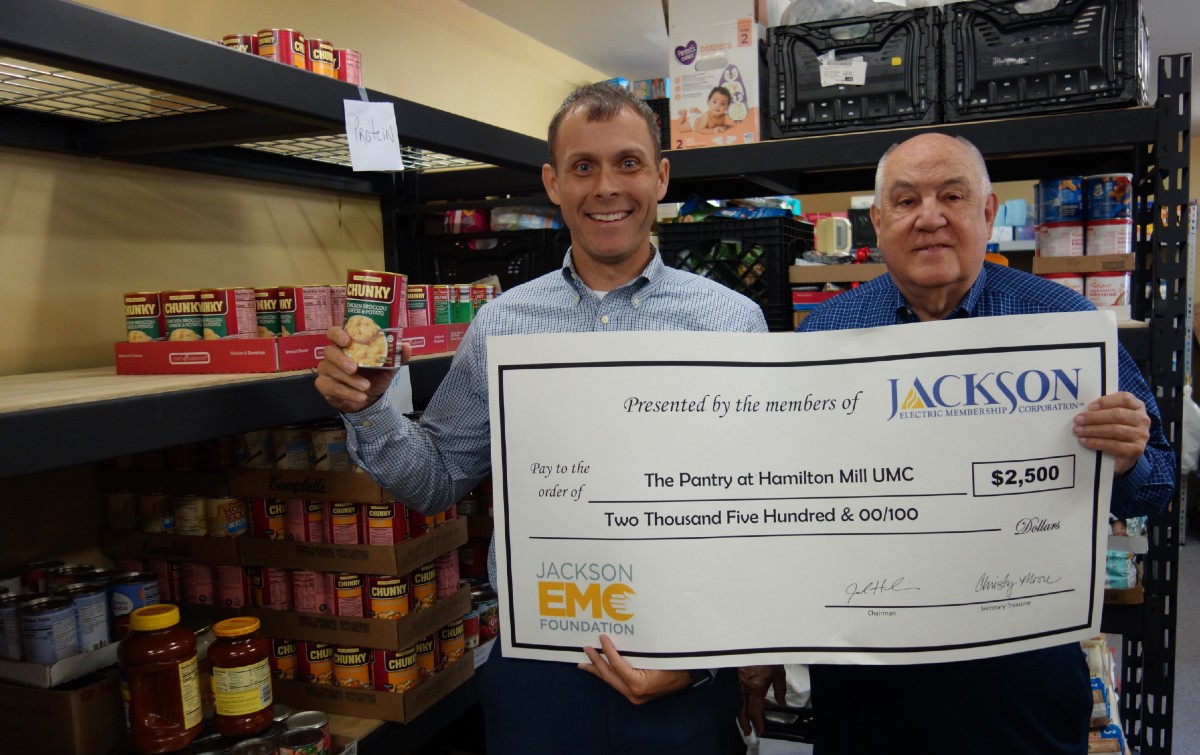

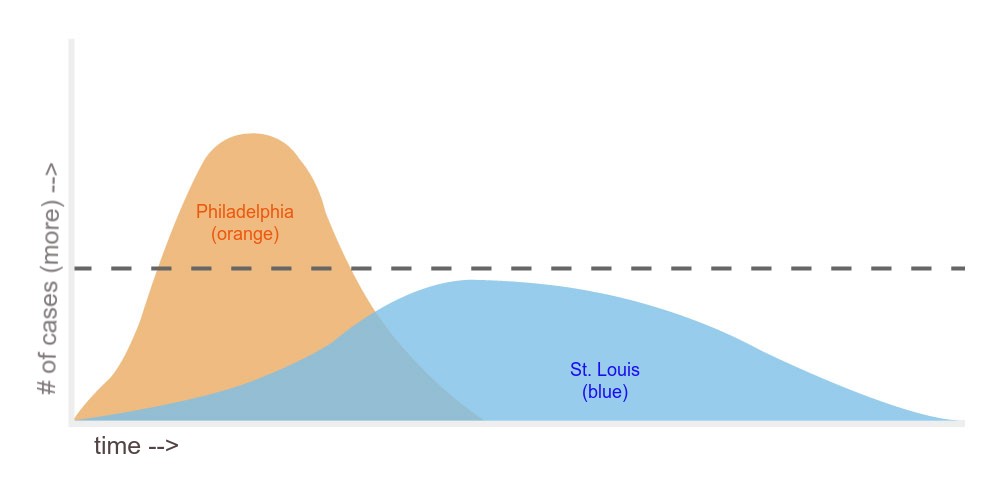
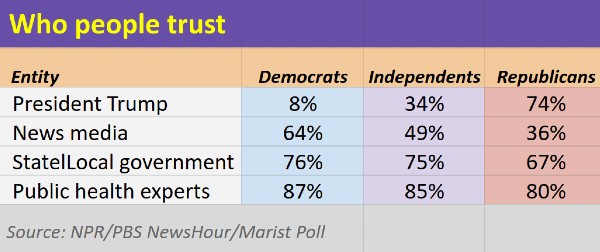
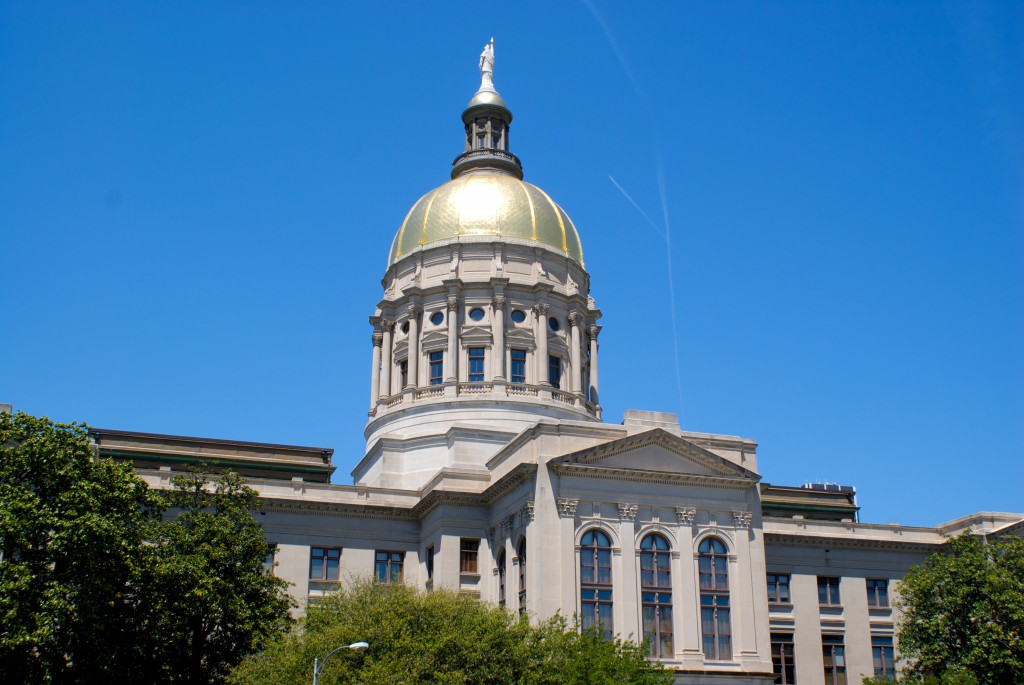
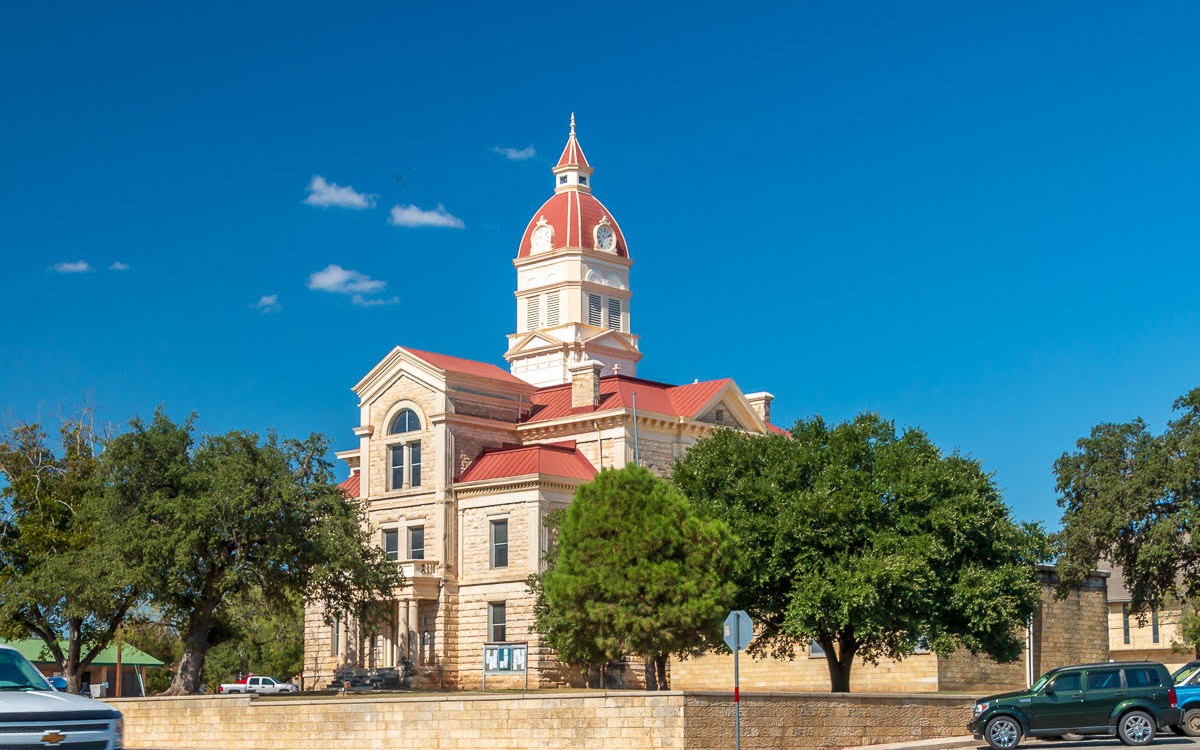








Follow Us